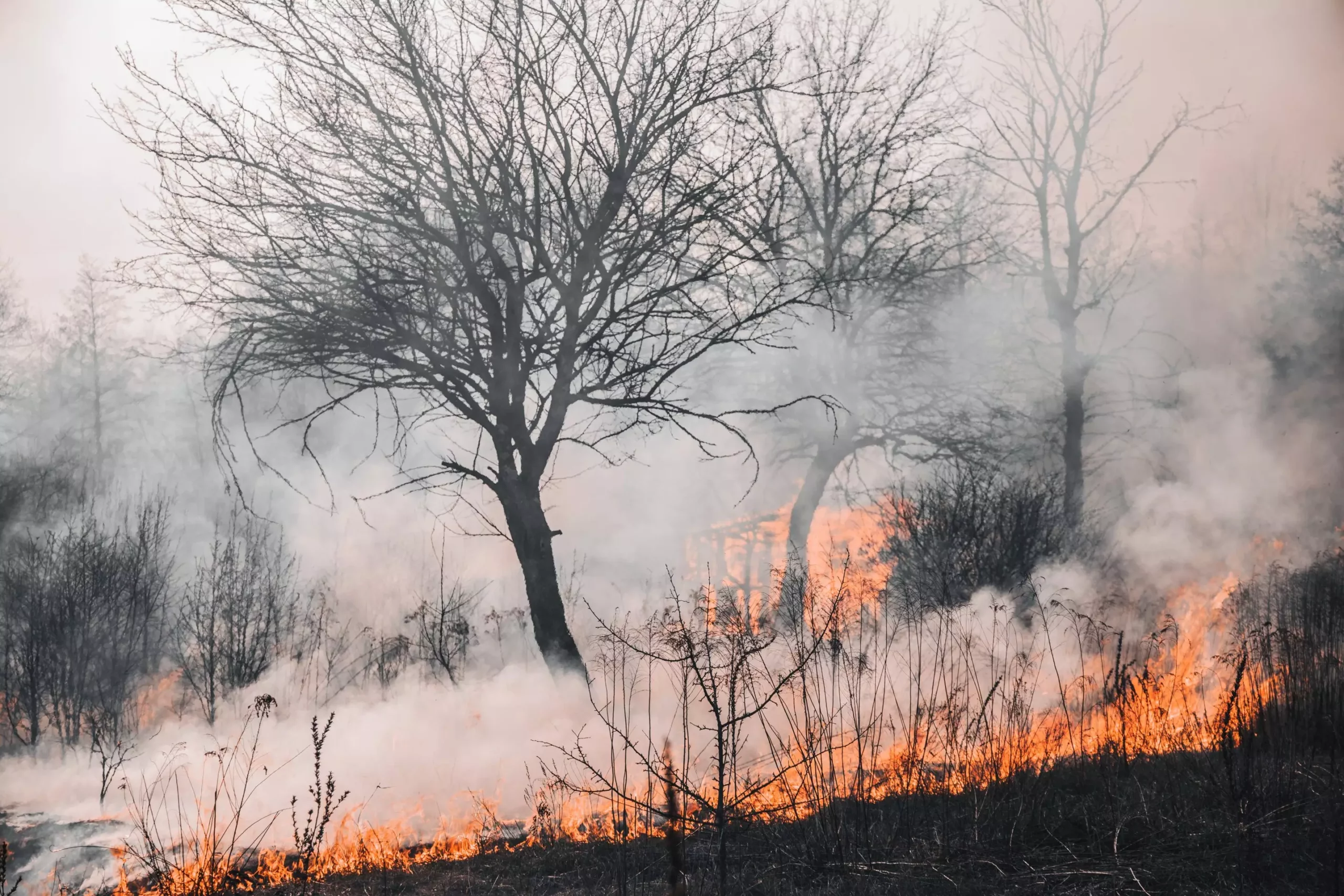Recent research has unveiled an alarming link between wildfires and the delicate chemistry of the ozone layer—a revelation that serves as a stark reminder of how interconnected our planet’s systems are. A collaborative effort by scientists from China, Germany, and the U.S. has exposed new dimensions to this relationship, demonstrating that not only do wildfires release greenhouse gases, but they also have the power to significantly affect ozone levels in the atmosphere. This groundbreaking study, featured in *Science Advances*, reinforces the notion that environmental recovery is far from linear, especially in the face of escalating climate crises.
Ozone Layer on the Mend, But Not Without New Perils
Historically, the ozone layer has been jeopardized by human activities, particularly the release of chemicals that thin this vital shield against harmful ultraviolet (UV) radiation. However, the successful implementation of the Montreal Protocol in 1987 marked a watershed moment in environmental policy; it curtailed the production of various ozone-depleting substances and allowed the ozone layer to embark on a slow path to recovery. Scientists hailed this progress as a triumph of global cooperation. Yet, the recent findings indicate that this triumph is now being beleaguered by natural disasters linked to climate change.
The catastrophic Australian bushfires of 2019/20 serve as a poignant case study in these findings. Researchers noted a significant surge in stratospheric aerosols—minuscule particles capable of exerting intricate influences on climate and health—which were propelled into the atmosphere by these massive wildfires. This sent the research team on a quest to understand the role of what they termed a smoke-charged vortex (SCV), a phenomenon previously obscured in the study of stratospheric dynamics.
The Mechanics of Smoke-Charged Vortices
Professor Hang Su, a key contributor from the Institute of Atmospheric Physics at the Chinese Academy of Sciences, articulated the magnitude of these smoke-filled vortices. Reaching altitudes as high as 35 kilometers, SCVs transport massive amounts of wildfire emissions into the stratosphere, significantly increasing aerosol concentration. This elevation of aerosols initiated complex chemical interactions that affected ozone levels variably across different layers of the stratosphere.
Intriguingly, while the lower stratosphere faced substantial ozone depletion due to the presence of these aerosols, the heightened reactions occurring at upper altitudes surprisingly resulted in increased ozone concentrations. This paradox is a disruptive nuance that defies simplistic understandings of atmospheric chemistry and underscores the intricate balancing act our planet’s systems engage in.
A Call for Vigilance Amidst Climate Change
The findings of this research necessitate a reassessment of the assumptions we hold about the trajectory of the ozone layer’s recovery. The interplay between wildfires and stratospheric chemistry has unearthed mechanisms that were previously underrecognized but hold significant implications for future environmental stability. Professor Yafang Cheng from the Max Planck Institute for Chemistry pointedly remarked on the enormous implications these long-lasting vortices have on ozone levels. Such flavorful depictions illuminate the sobering reality that wildfires—a byproduct of climate change—might not just be a localized challenge but could invoke global atmospheric repercussions.
The ramifications of this study extend beyond the scientific realm; they compel us to think critically about our environmental policies as extreme climate events grow more frequent and severe. The undeniable connection between increased wildfire events spurred by climate change and the stability of the ozone layer reinforces the urgency of continuous monitoring and research efforts.
The Future Landscape of Environmental Research
The implications of the recent findings encourage a shift in focus. As we look ahead, there is a pressing need for robust research into the ways that climate-driven phenomena—such as wildfires—will alter stratospheric chemistry and challenge the recovery of the ozone layer. This will not only affect human health and ecosystems but may also recalibrate our understanding of atmospheric science in a time when natural disasters are significantly reshaping our planet’s contours.
The study acts as a clarion call for scientists, policymakers, and the global community alike to stay alert and agile in their response to environmental changes, realizing that the fight to protect our atmosphere has never been more critical.


Leave a Reply